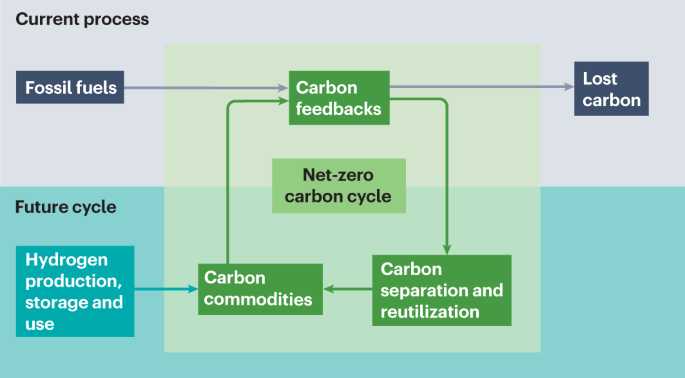2024-04-29 カリフォルニア大学校アーバイン校(UCI)
<関連情報>
- https://news.uci.edu/2024/04/29/uc-irvine-astronomers-simulations-support-dark-matter-theory/
- https://academic.oup.com/mnras/article/530/2/1349/7645231
ダークマターとMONDの識別テスト:半径加速度関係におけるフックとベンド Hooks & Bends in the radial acceleration relation: discriminatory tests for dark matter and MOND
Francisco J Mercado, James S Bullock, Jorge Moreno, Michael Boylan-Kolchin, Philip F Hopkins, Andrew Wetzel, Claude-André Faucher-Giguère, Jenna Samuel
Monthly Notices of the Royal Astronomical Society Published:16 April 2024
DOI:https://doi.org/10.1093/mnras/stae819

ABSTRACT
The radial acceleration relation (RAR) connects the total gravitational acceleration of a galaxy at a given radius, atot(r), with that accounted for by baryons at the same radius, abar(r). The shape and tightness of the RAR for rotationally-supported galaxies have characteristics in line with MOdified Newtonian Dynamics (MOND) and can also arise within the cosmological constant + cold dark matter (ΛCDM) paradigm. We use zoom simulations of 20 galaxies with stellar masses of M⋆ ≃ 107–11 M⊙ to study the RAR in the FIRE-2 simulations. We highlight the existence of simulated galaxies with non-monotonic RAR tracks that ‘hook’ down from the average relation. These hooks are challenging to explain in Modified Inertia theories of MOND, but naturally arise in all of our ΛCDM-simulated galaxies that are dark-matter dominated at small radii and have feedback-induced cores in their dark matter haloes. We show, analytically and numerically, that downward hooks are expected in such cored haloes because they have non-monotonic acceleration profiles. We also extend the relation to accelerations below those traced by disc galaxy rotation curves. In this regime, our simulations exhibit ‘bends’ off of the MOND-inspired extrapolation of the RAR, which, at large radii, approach atot ≈ abar/fb, where fb is the cosmic baryon fraction. Future efforts to search for these hooks and bends in real galaxies will provide interesting tests for MOND and ΛCDM.



